To travel, we must walk through doors. Some thresholds are wide, expansive and quite easy to cross. Others seem to be the opposite of gateways, at times closed off and hard to breech. On the Greek island of Naxos, the main port city of Hora bears the ultimate entryway. As my ferry chugged closer and closer to the port of Naxos, I could spot a doorway into another time.
Disconnected from the main island by a causeway, the Temple of Apollo dramatically takes in the sunset each night. The masses crowd the hilltop temple to appreciate a natural constant to the world. True ruins become perches for sweethearts to watch the light bounce from the sea, to the temple and on to Hora behind it. In the 6th century, tyrant Lygdamis began construction on a temple here. Once he died, the temple’s future was put on pause. Over the years, the site would be pillaged and ravaged for parts. All that remains today is the massive 2,500-year-old marble doorway. The reason for its survival is based solely on weight for in order to remain in Ancient Greece, you had to be truly heavy. No one over the course of centuries could move this entryway. Called Portara, crossing through this doorway is a trip through time and what remains after time.
After walking through this ancient doorway, all of Naxos’ ancient sites seem to appear. Rounding the island, I head north to Apollonas, a resort like community on the northern coast. Above the village, along the side of a narrow road, I climb a few steep steps to wake Naxos’ sleeping giant.
The Kouros near Apollonas, a male statue of the Archaic period in Greece, hails from the 7th century B.C. Measuring just over 30 feet tall, the statue was intended for something grand, but flaws kept it here for eternity. Again, to remain in Ancient Greece, you merely need to be heavy and perhaps imperfect.
I head back to the heart of Naxos to take in yet another one of its ancient survivors. The windy road whips past olive groves and a sun soaked plain. In the distance you can spot the bright white of a temple.
The Temple of Dimitra sits just south of the village of Sangri. Its origins stem from the 6th century B.C. However, it wasn’t heavy enough to withstand the test of time. Dismantled and rearranged into a church, it would take the work of archaeologists to actualize the temple’s original appearance. Not unlike the Portara in Hora and the Kouros in Apollonas, the Temple of Dimitra also remains because of its flaws and weight.
On my last day on Naxos, I feel the need to dig up more ancient treasures. A mere seven kilometers from Hora, I happen upon the ancient sites at Flerio. Such a place notes the island’s importance for its marble. Still an exporter to Greece, Europe and America, the marble of Naxos was esteemed even in ancient times. In fact, the island was the first to introduce a broad use of marble in architecture. In a quiet garden, I find another Kouros, cast aside for its flaws. Intended for something grand and monumental, the statue remains in a nondescript shady corner of the world. If these sixth century B.C. sculptures were damaged during transport or contained any blemishes, they were left in the quarry forever. Clearly this Kouros didn’t have a leg up on being an ornamental column to a temple or ancient aristocrat’s palace.
Sun drenched signs point the way to another Kouros in the area. I walk through farmland, unlocking and locking gates to keep the goats within the grounds. Like the ancients before us, no one attempts to move the sleeping giants of Naxos, even if they lie on private property.
The Kouros up the hill at Flerio sleeps in a haphazard position with what is left of his head lurching down the hill. Lying there, all alone with the exception of the occasional visitor, such a massive stone suddenly feels incredibly life-like in its loneliness.
Two marble feet leave an impression as I leave mine. The perfect ruins, the ones people travel thousands of miles to see aren’t necessary on the island of Naxos. For on this island, the imperfect remain, the flawed and the abandoned. I would like to think their endurance lies in their imperfection. Then again, it might just be credited to their weight. The heaviest hearts always remain, even if they are seemingly composed of stone.
Have you been to Naxos and dug up some of its ancient wonders?


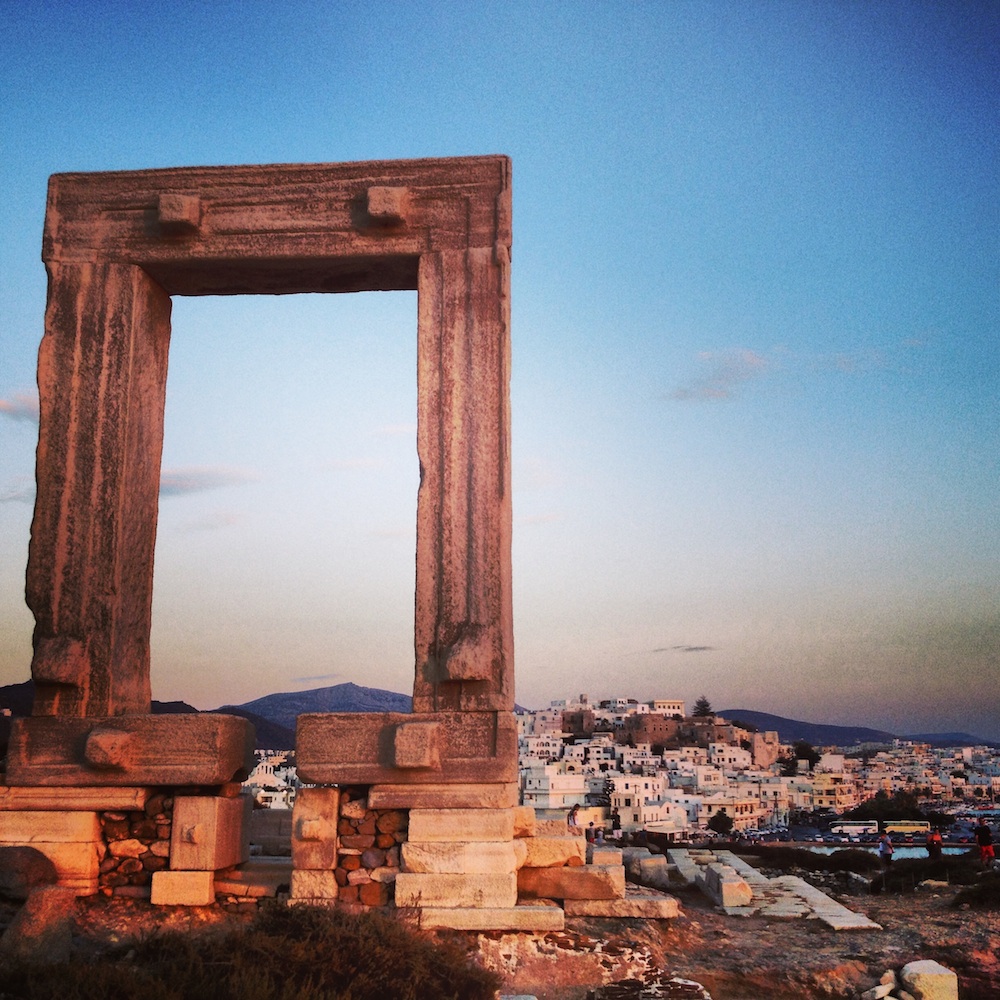
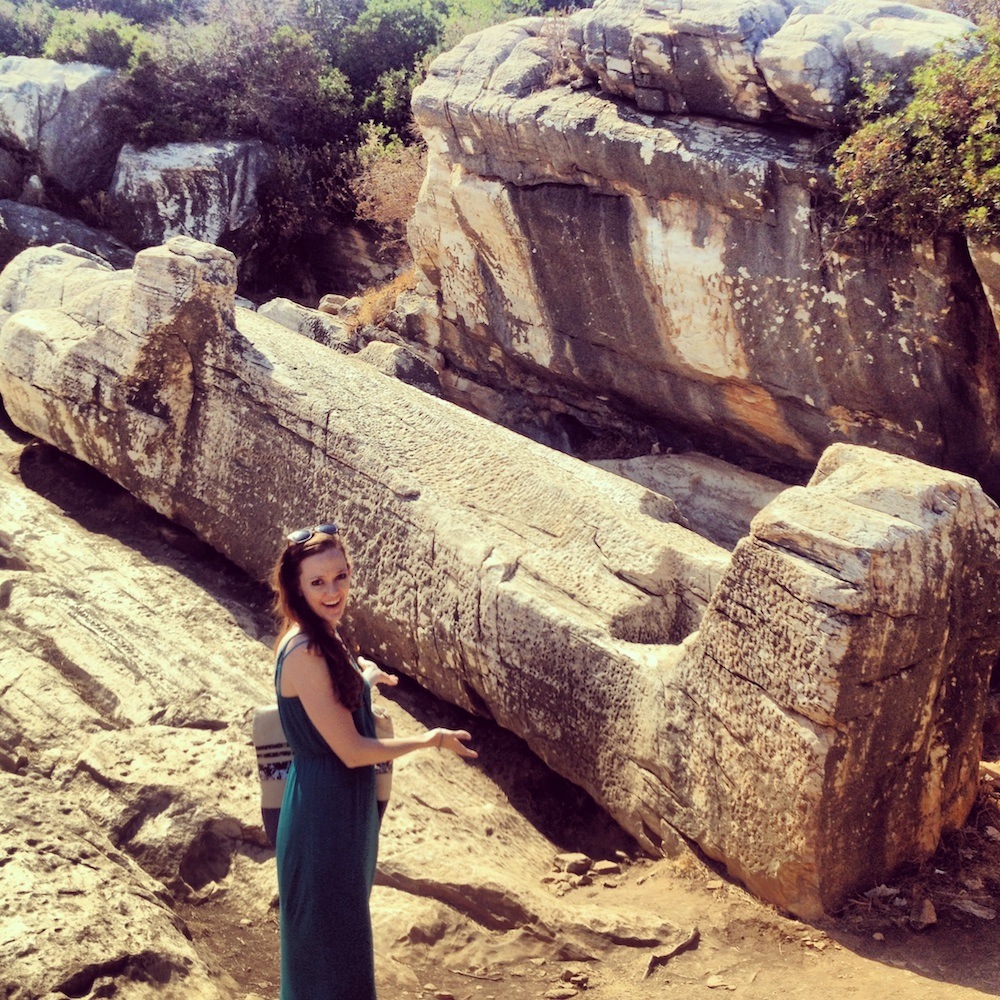
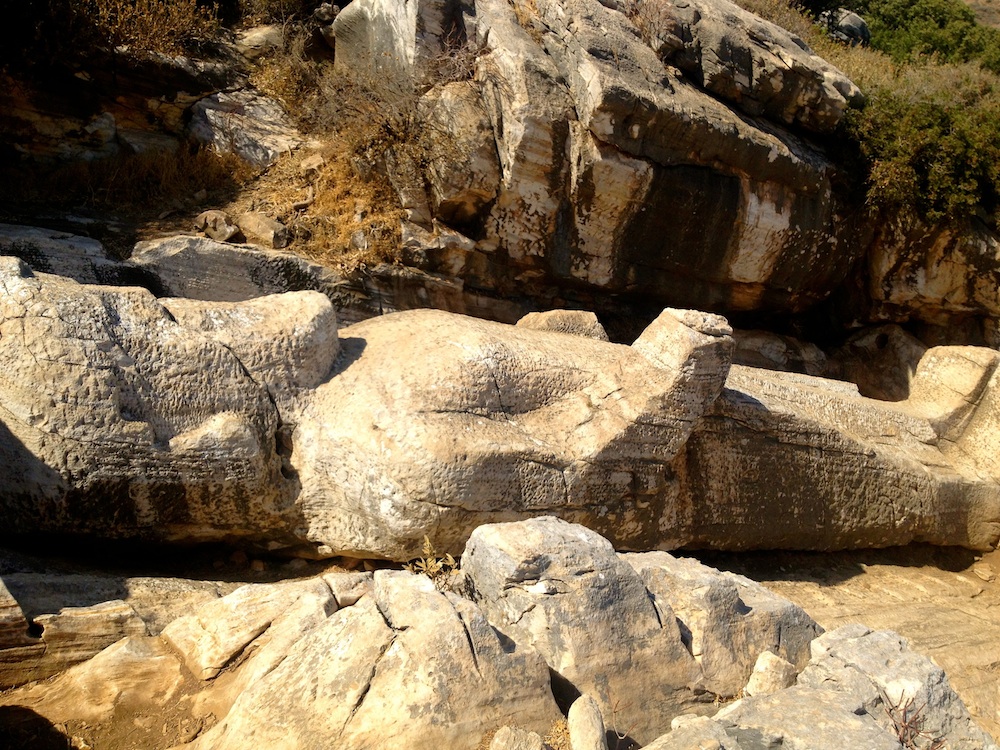
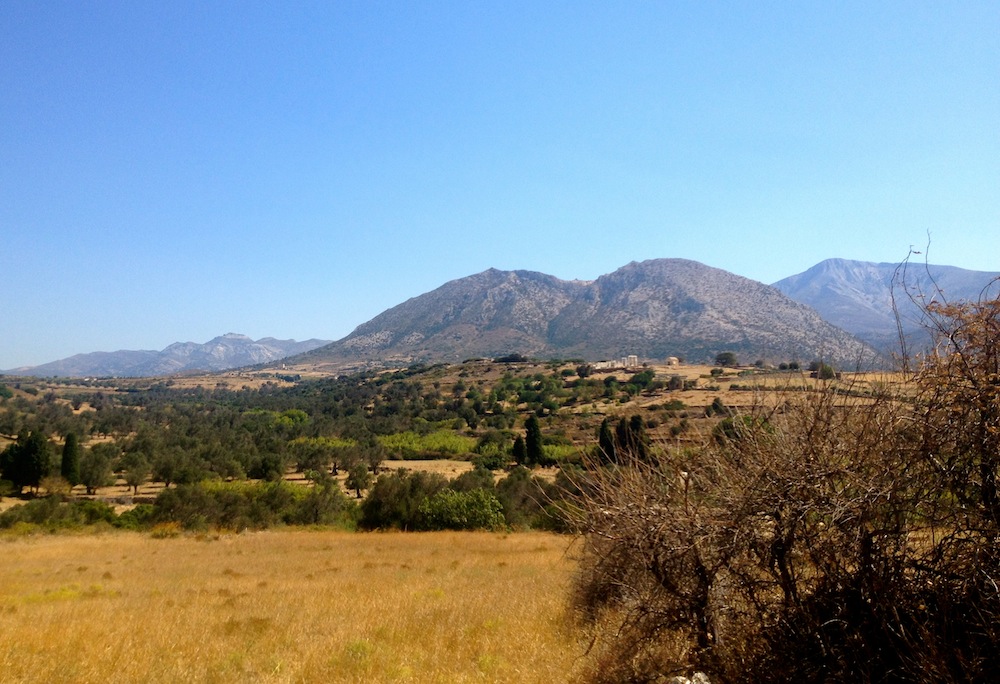
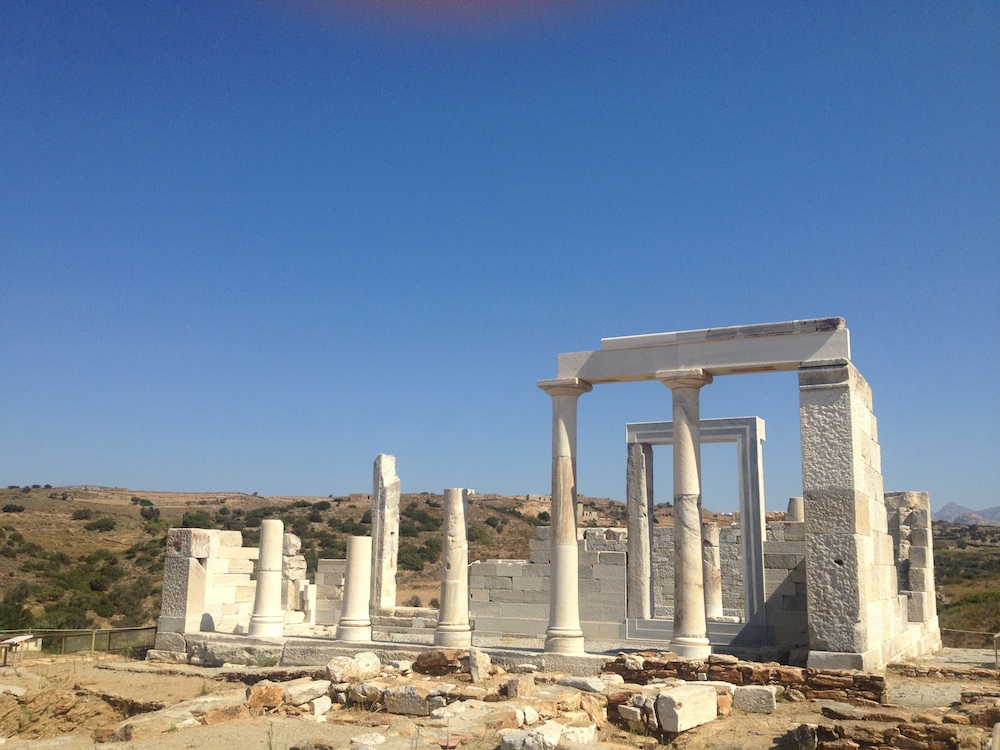
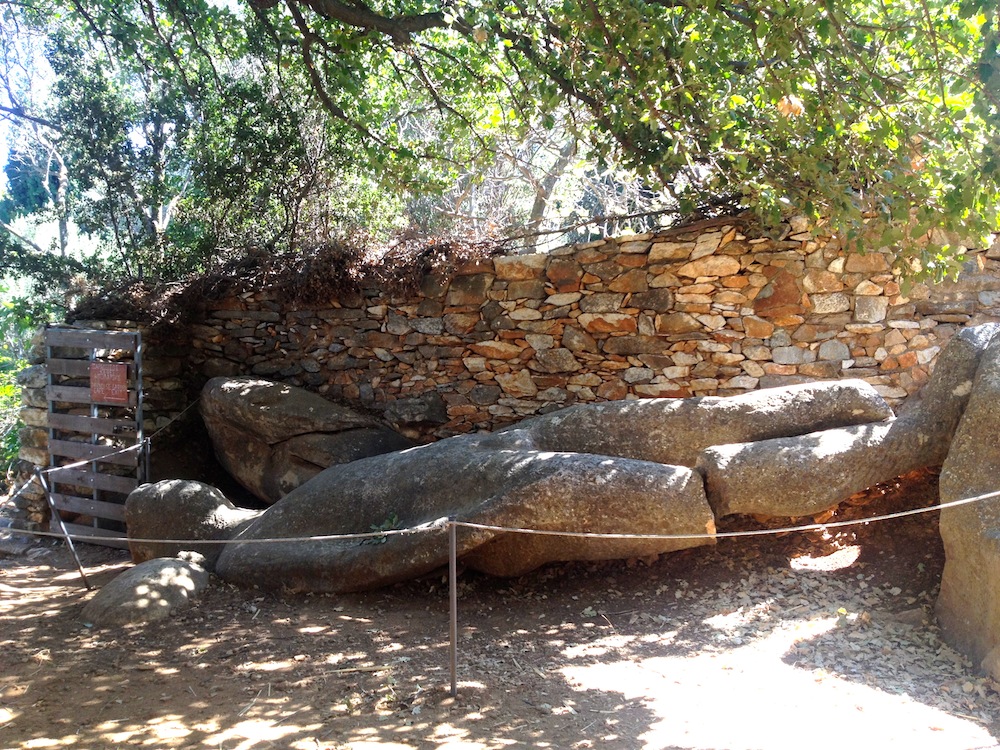
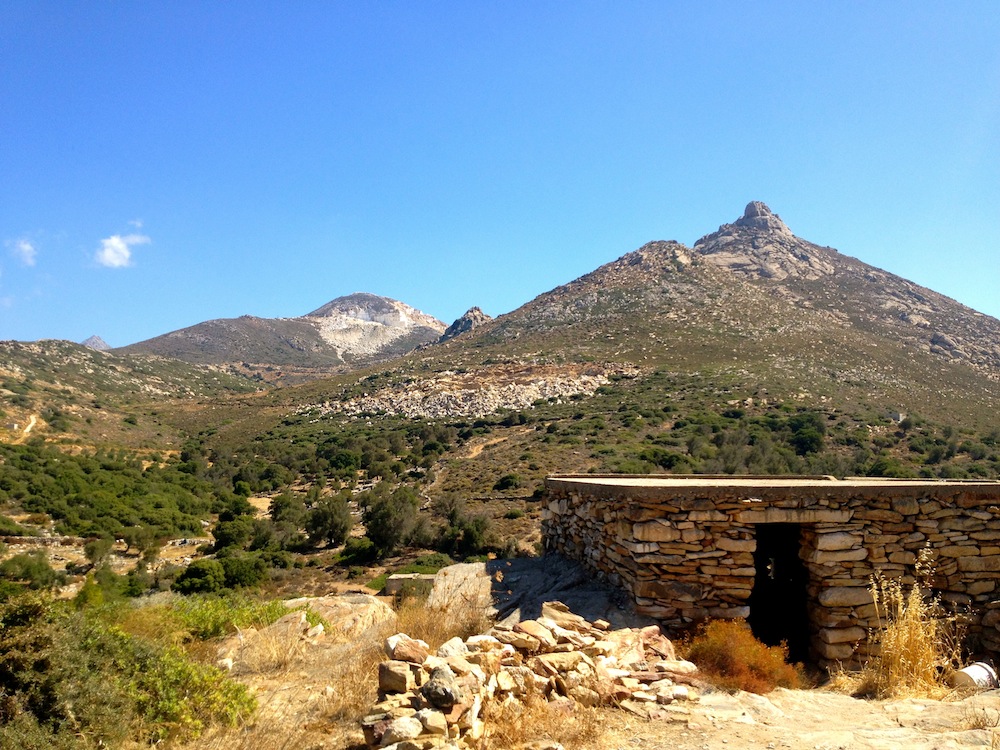
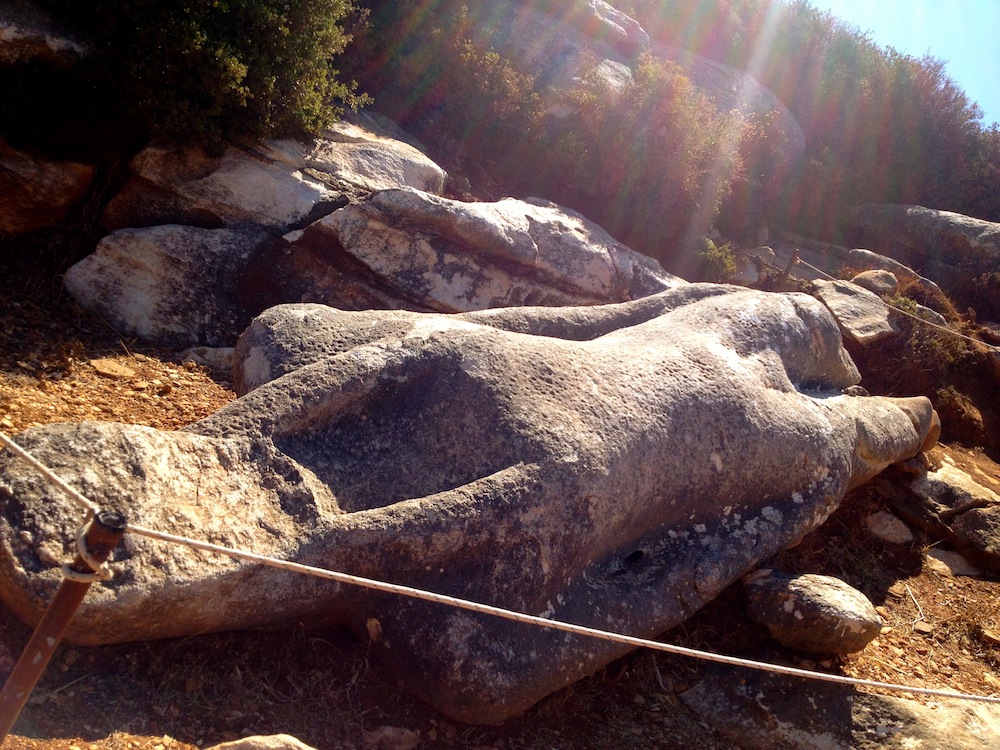
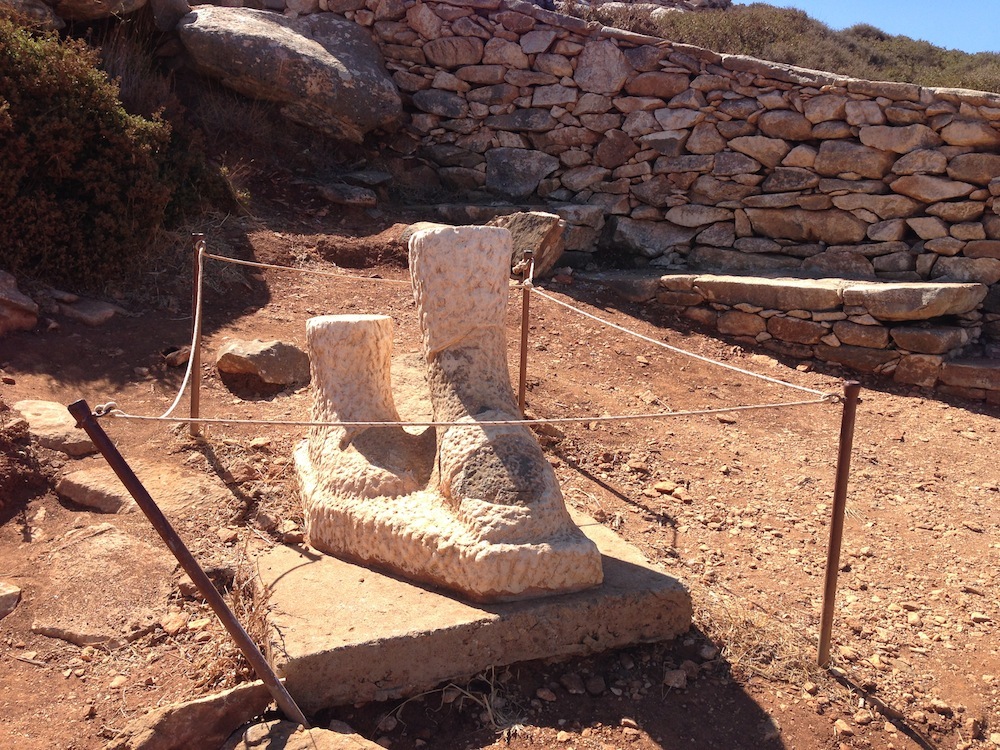
a history buffs dream! I love the ancient door! Greece is such a magical place, its ruins and history really makes you realise how little we are in the spec of things doesn’t it! great photos – thanks for the history lesson 🙂
Stunning historical sites and beautiful landscapes … I really need to get to Greece urgently.
Those giant statues remind me of the biggest moai of Easter Island – el gigante!
Nice to read about some lesser known Greek islands, like Naxos. We’ve hit Santorini and Mykonos – now really want to check out more “Greek” islands…
It´s quite a haunting sight, the doorway. Reminds me of the movie Stargate for some reason..like an ancient portal to another dimension.